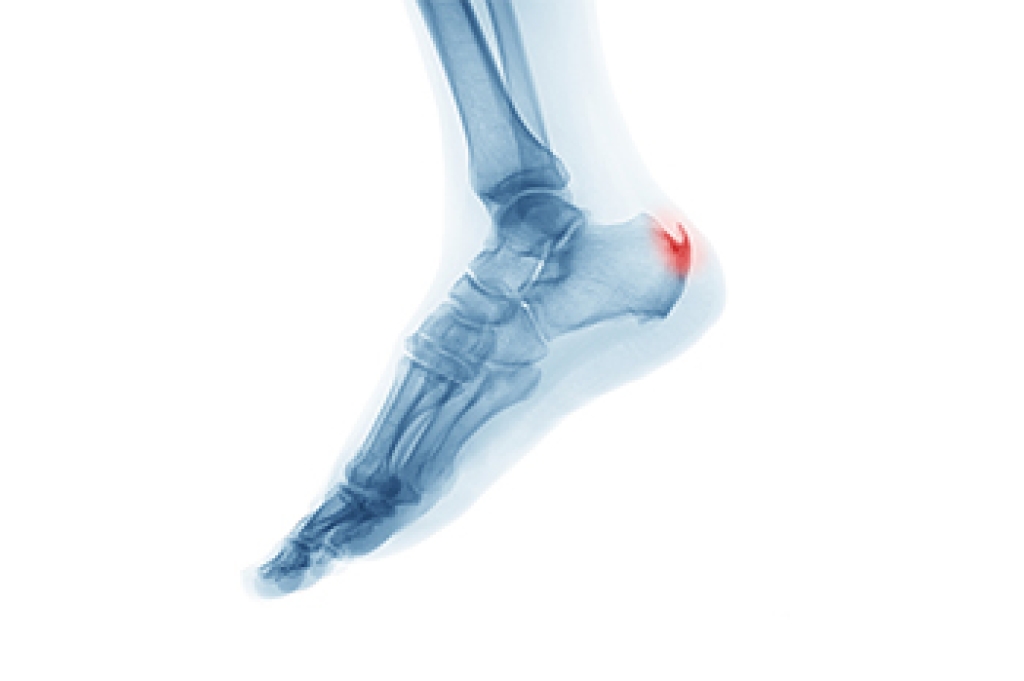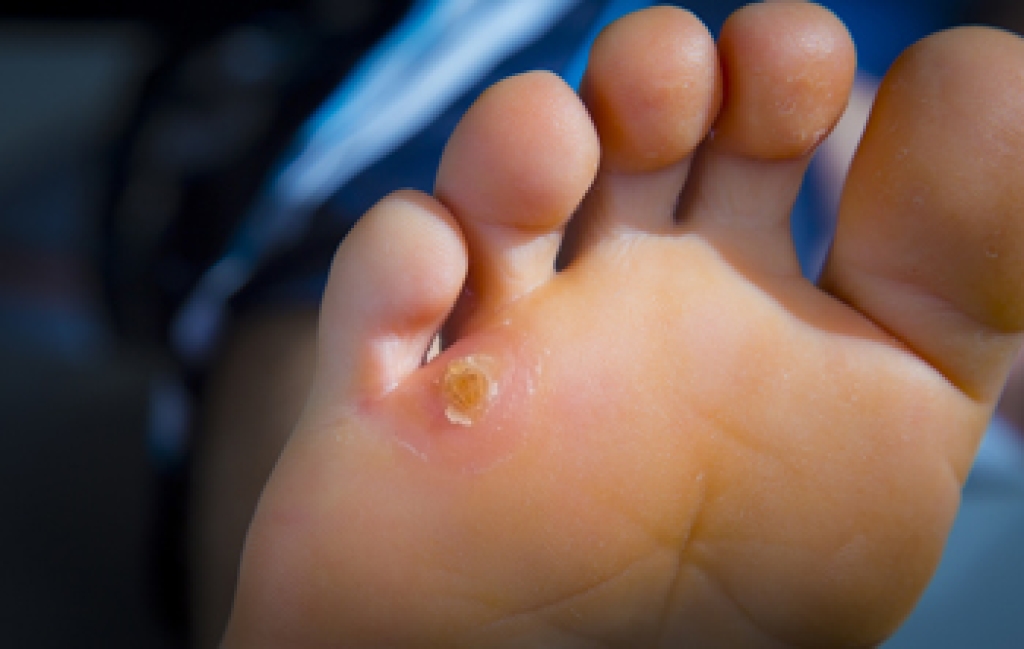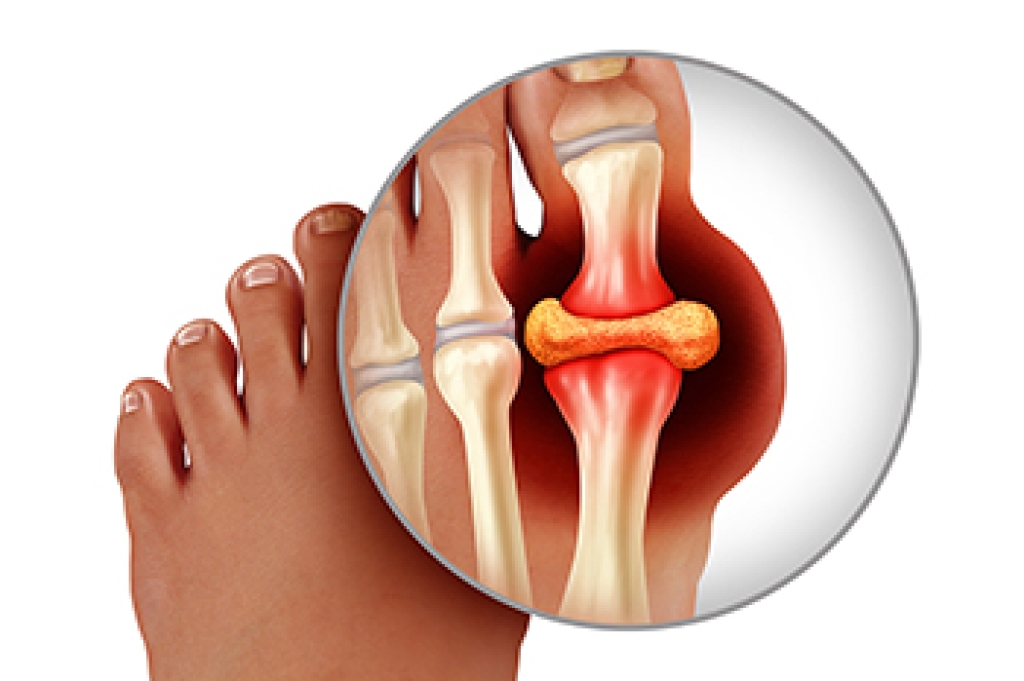
Heel spurs are bony growths that develop on the heel due to stress and inflammation in surrounding tissues. They are commonly seen in two forms. Heel spur syndrome affects the bottom of the heel, and insertional Achilles tendinitis affects the back of the heel where the tendon attaches. Risk factors include flat feet, high arches, excess weight, tight calf muscles, and repetitive impact activities. Symptoms may involve sharp heel pain, stiffness, and discomfort during the first steps of the day. A podiatrist can diagnose the condition, offer custom treatments, and provide guidance to relieve pain and improve function. If heel pain is limiting your daily life, it is suggested that you consult a podiatrist who can offer effective relief and treatment solutions.
Heel spurs can be incredibly painful and sometimes may make you unable to participate in physical activities. To get medical care for your heel spurs, contact Brandon M. Zuklie, DPM from New Jersey. Our doctor will do everything possible to treat your condition.
Heels Spurs
Heel spurs are formed by calcium deposits on the back of the foot where the heel is. This can also be caused by small fragments of bone breaking off one section of the foot, attaching onto the back of the foot. Heel spurs can also be bone growth on the back of the foot and may grow in the direction of the arch of the foot.
Older individuals usually suffer from heel spurs and pain sometimes intensifies with age. One of the main condition's spurs are related to is plantar fasciitis.
Pain
The pain associated with spurs is often because of weight placed on the feet. When someone is walking, their entire weight is concentrated on the feet. Bone spurs then have the tendency to affect other bones and tissues around the foot. As the pain continues, the feet will become tender and sensitive over time.
Treatments
There are many ways to treat heel spurs. If one is suffering from heel spurs in conjunction with pain, there are several methods for healing. Medication, surgery, and herbal care are some options.
If you have any questions, please feel free to contact our offices located in Piscataway, Jamesburg, and Branchburg, NJ . We offer the newest diagnostic and treatment technologies for all your foot care needs.




